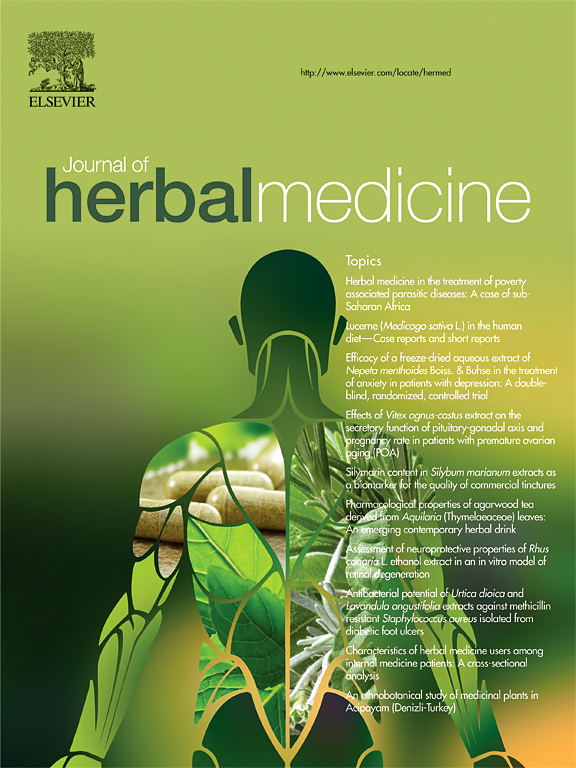Anticancer Properties of Some Selected Plant Phenolic Compounds: Future Leads for Therapeutic Development
Abstract
Introduction
A shift in interest in searching for newer anticancer molecules from synthetic to herbal sources has been clearly observed over the past few decades. Among herbal compounds, phenolic-rich extracts are studied extensively. This review examined the recent findings on the anticancer properties and therapeutic efficacy of different phenolic extracts (quercetin, carvacrol, curcumin, hydroxychavicol, crocin, palmatine, aloin, gingerol, allicin, epigallocatechin, thymol, pyrogallol, and carvone) obtained from different geographical locations.
Methods
The present study utilises international scientific databases including Scopus, Elsevier, Pubmed (NCBI database), leading natural product/phytochemical journals (articles; research, reviews, quick notes, mini reviews, editorials, etc.), relevant books, periodicals, student dissertations, and government resources. More?than 200 key articles were downloaded and reviewed. Medicinal Plant Names Services and Materia Medica validated plant taxonomy was used at relevant places. The investigations carried out between 2005 and 2022 were included.
Results
During the search, the majority of these phenolic extracts investigated were found to modulate one or more signalling pathways linked with cell survival, cell propagation/differentiation, cell migration, angiogenesis, cell cycle, apoptosis, detoxification enzymes, hormone activities, reactive oxygen species?up-and-downregulation, altered gene expression, and immune responses. Besides, they are also found to effectively scavenge the multitude of non-biological superoxide radical, free radical, nitrogen and chlorine species, hydrogen peroxide, and various reactive oxygen species. Interestingly, several phenolics studied to date possess different pharmacology and pathways to treat different cancers.
Conclusions
Various cellular and molecular pathways presented for these translatable (lab to clinic) phenolics as possible cancer treatment leads in the future.





